how to use a speculum
 Use of a vaginal speculum and taking a vaginal swab | Nurse Key
Use of a vaginal speculum and taking a vaginal swab | Nurse KeyA complete collection of OSCE clinical test guides that include step-by-step images of key steps, video demonstrations and PDF brand schemes. A complete collection of OSCE guides to common clinical procedures, including step-by-step images of key steps, video demonstrations and PDF brand schemes. A collection of communication knowledge guides, for common OSCE scenarios, including history and information. A collection of data interpretation guides to help you learn how to interpret various laboratory and radiology research. A complete collection of medical review notes covering a wide range of clinical topics. A collection of surgical review notes covering key surgical topics. A collection of anatomy notes that cover the key concepts of anatomy that medical students need to learn. A collection of interactive medical and surgical clinical scenarios to put your diagnostic and management skills to the test. Each clinical case allows to work through history, research, diagnosis and management. A collection of free medical questionnaires to test your medical and surgical knowledge! Look at our new brand. Especulum Exams – OSCE Guide If you want to support us and get something cool in return, check our content of more than 100 OSCE checklists in PDF format. We have also released one containing more than 800 cards. Table of Contents Suggest an improvement The examination of the speculum is often found in the OSCE and is expected to demonstrate excellent communication and practical skills. This guide provides a step-by-step approach to a spectrum review in an OSCE environment, with a video demonstration included. Meeting equipment Gather the appropriate equipment: IntroductionGive your hands and give PPE if appropriate. Introduce yourself to the patient including your name and role. Confirm the patient's name and date of birth. Explain what the test will involve the use of patient-friendly language: "Today I need to perform a spectrum test. The procedure will involve me inserting a small plastic device called specter into the vagina. This will allow me to visualize the cervix. It shouldn't be painful, but it'll feel a little uncomfortable. You can ask me to stop at any time. You may experience some light vaginal bleeding after the procedure." Explain the need for a chaperone: "One of the staff members in the room will be present throughout the examination, acting as a chaperone, would that be okay? "Consent of gain to proceed with the test: Do you understand everything I said? Do you have any questions? Are you glad you're doing the test? "Ask the patient if you have any pain or if you think you may be pregnant before proceeding with the clinical test. Provide the patient with the opportunity to pass the urine before the test. Explain to the patient that they will need to remove their underwear and lie on the clinical exam couch, covering with the provided sheet. Provide the patient with privacy to get naked and check that it's okay to get back into the room before you do. Inspection of Vulval Position1. Make a pair of non-sterile gloves.2. Place the patient in the position of the modified lithotomy: "Take your heels to your bottom and let your knees fall to your sides." Inspect the vulva1. Inspect the vulva for anomalies:2. Inspection of evidence of vaginal prolapse (a visible bulge that protrudes from the vagina). Ask the patient to cough while inspecting can exacerbate the lump and help confirm the presence of prolapse. The Bartholin glands are responsible for producing secretions that keep the vaginal moisture and are typically located at 4 and 8 in relation to the vaginal introitus. These glands can be blocked and/or infected, resulting in cyst formation. Typical findings on the clinical test include a fluctuating unilateral mass, which may or may not be tender. Sclerosus Lichen is a chronic inflammatory dermatological condition that can affect the anogenital region in women. It has pruritis and clinical examination typically reveals white thick patches. Scars and destructive adherences develop by causing the distortion of normal vaginal architecture (the spraying of the lips, the narrowing of the introitus, the clitoris obscuration). There are several causes of abnormal vaginal discharge including: Spectrum insertion Advert the patient who will insert the spectrum and ask if they are still okay for it to do so. If the patient accepts the continuation of the procedure:1. Use your left hand (index finger and thumb) to separate your lips.2. Gently insert the lateral spectra (closed blacks, sloping down).3. Once inserted, turn the spectrum back 90° so that the handle faces up.4. Open the spectra blades until an optimal view of the cervix is reached.5. Press the nut to fix the position of the blades. Verification of the cervixInspection of the cervix: Cervical ectropion is a condition in which the columnar epithelial cells that are normally found inside the cervical canal are present outside the cervix (normally the only cells outside the cervix are squamous epithelial cells). The areas of the spine epithelial cells appear red against the normal pink color of the cervix and are often found around the external os. They are more prone to bleeding, due to the presence of a network of delicate fine blood vessels, and as a result, patients often have post-coital bleeding. Cervical cancer is caused by persistent infection with the human papillomavirus (HPV). Before the development of cervical cancer, the cells of the cervix can become dysplastic, a condition known as cervical intraepithelial neoplasm (CIN). can identify patients infected with HPV who have NCD, allowing early treatment to prevent progression to invasive cervical cancer. Many women do not have symptoms in the early stages of cervical cancer, but symptoms may include vaginal bleeding (intermenstrual, post-coital), increased vaginal discharge and vaginal discomfort. The clinical test usually reveals white or red patches in the cervix in early illness or the presence of a cervical ulcer or tumor in more advanced disease. Elimination of spectrum1. Place the lock nut on the spectrum and partially close the blades.2. Turn the 90° spectrum, back to its original insertion orientation.3. Gently remove the spectrum, inspecting the walls of the vagina as you do.4. Cover the patient with the blade, explain that the test is now complete and provide the patient with privacy so that he can dress. Provide paper towels for the patient to clean.5. Get rid of the equipment used in a container of clinical waste. To complete the procedure... Thanks to the patient for his time. Get rid of PPE properly and wash your hands. Document the procedure in the medical notes, including the details of the chaperon. Summarize your findings. Today I have examined Mrs. Smith, a 28-year-old woman. At the general inspection, the patient appeared comfortable at rest. There were no items or medical equipment around the relevant bed. "No abnormalities were observed in the inspection of vulva and the examination of spectra that revealed a healthy cervix with a closed external os." In short, these findings are consistent with a normal spectrum test. "For integrity, I would like to conduct the following assessments and investigations." Other evaluations and researches CommentMr Isaac MaganiConsultant Obstetrician References Join the community ? Subscribe to our latest videos ‹Comprended us a ̄Check out our appOSCE Flashcard Collection deحLatest articles QuestionPSA Question Bank !Medical Finals Questions OOver 5000 FREE MCQs & Flashcards The Most Common English Words Want aOther pages Join the community

Speculum Examination - OSCE Guide | Geeky Medics
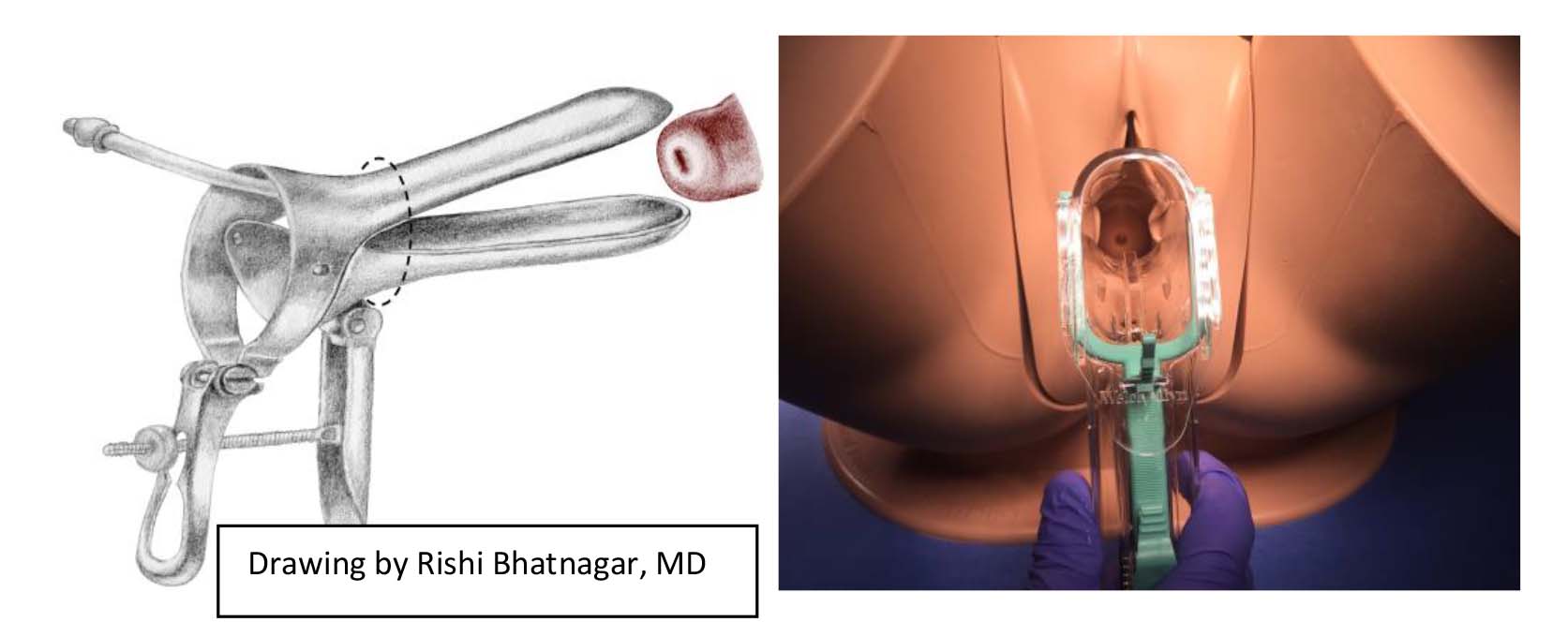
UC San Diego's Practical Guide to Clinical Medicine

Pelvic Exam With Speculum | NorthShore
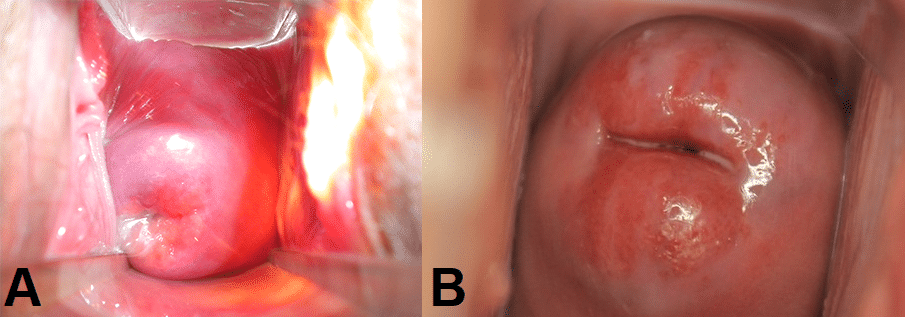
Speculum Examination - OSCE - Pipelle - Smear - Swabs - TeachMeObGyn

A Novel, Versatile Speculum-free Callascope for Clinical Examination and Self-Visualization of the Cervix | bioRxiv

Vaginal Speculum - Cusco, Stainless Steel - YouTube
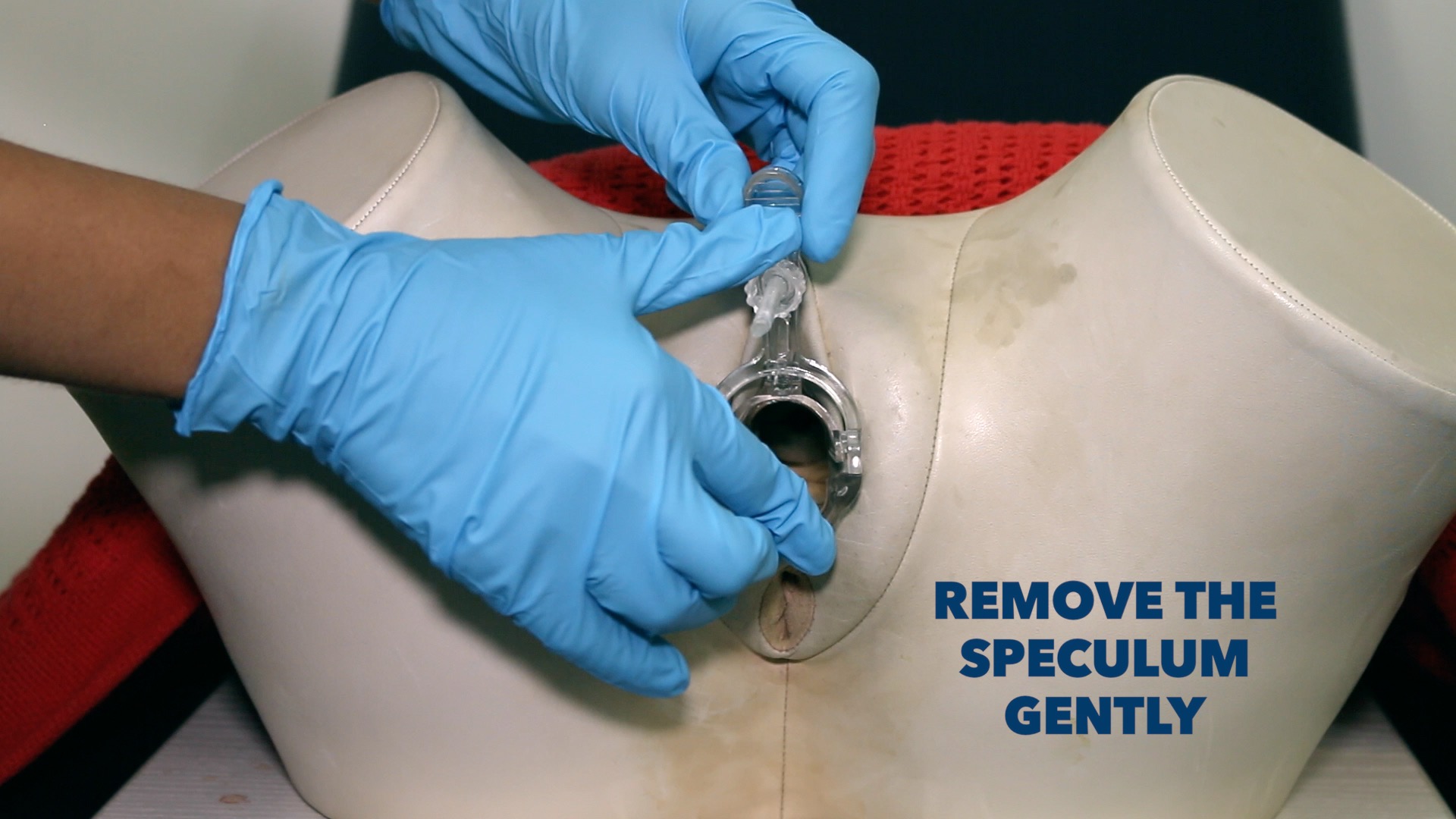
Speculum Examination - OSCE Guide | Geeky Medics
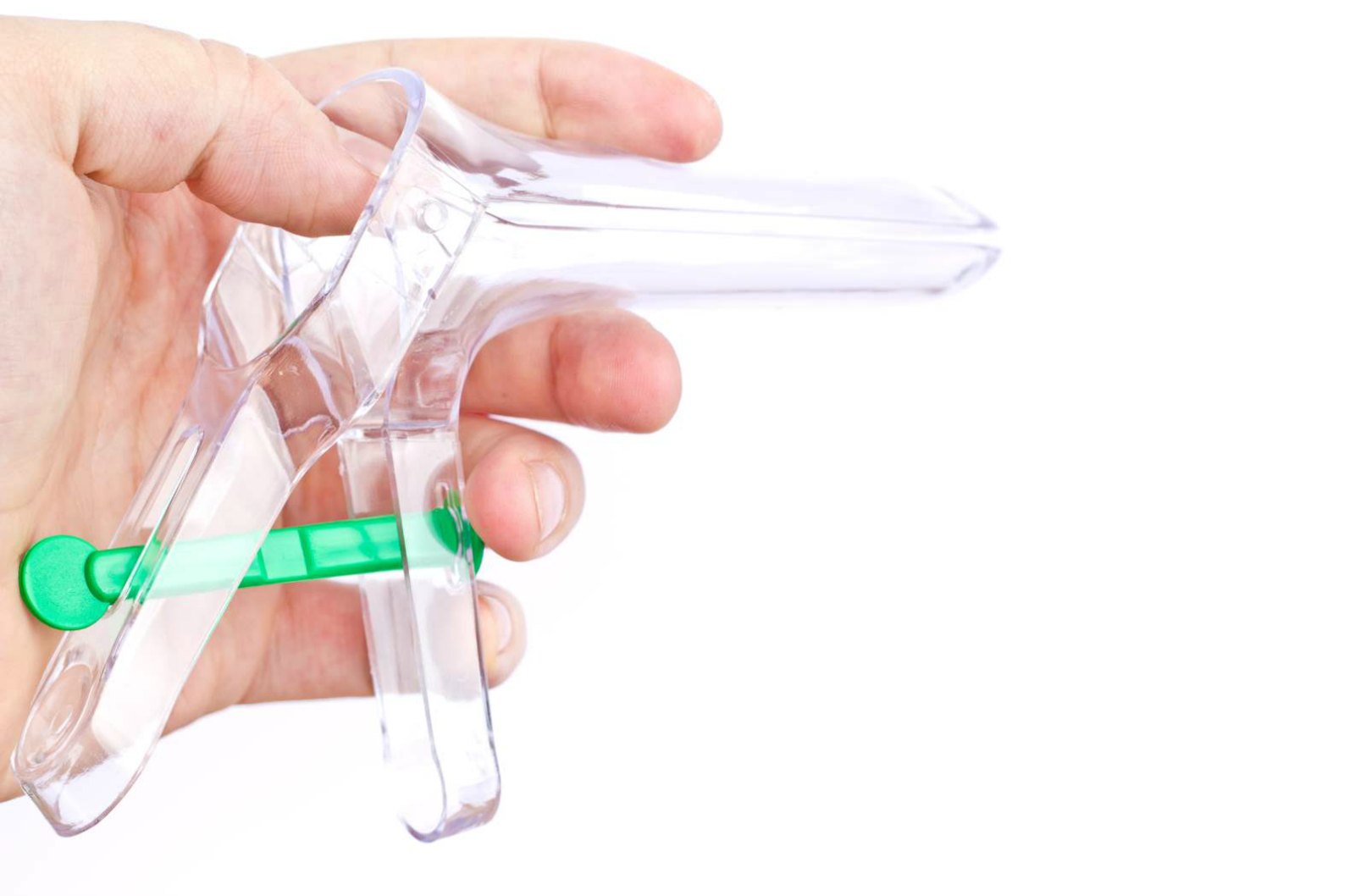
The Importance of Technology Transfer | Better World
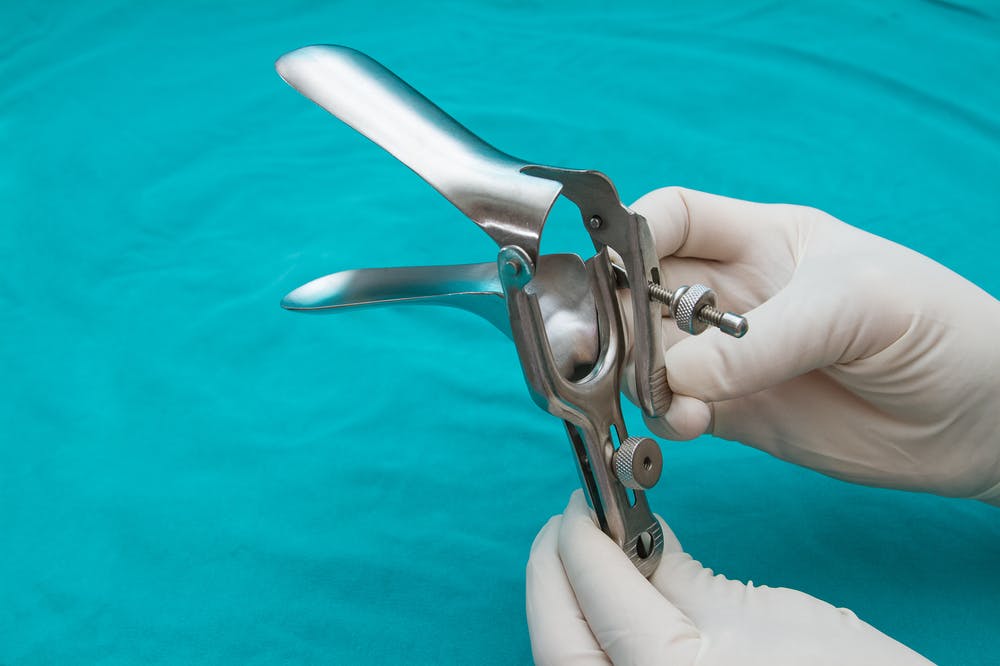
Speculum Speculations: History of the Gynecology Instrument | Empowered Women's Health
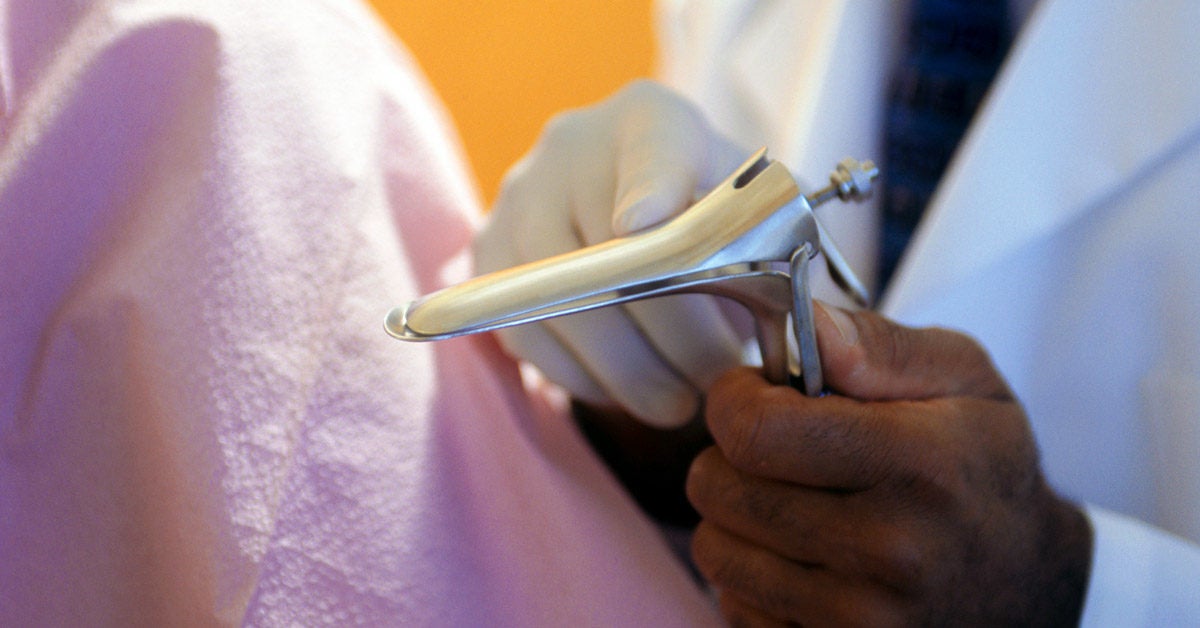
Vaginal Speculum: What You Need to Know
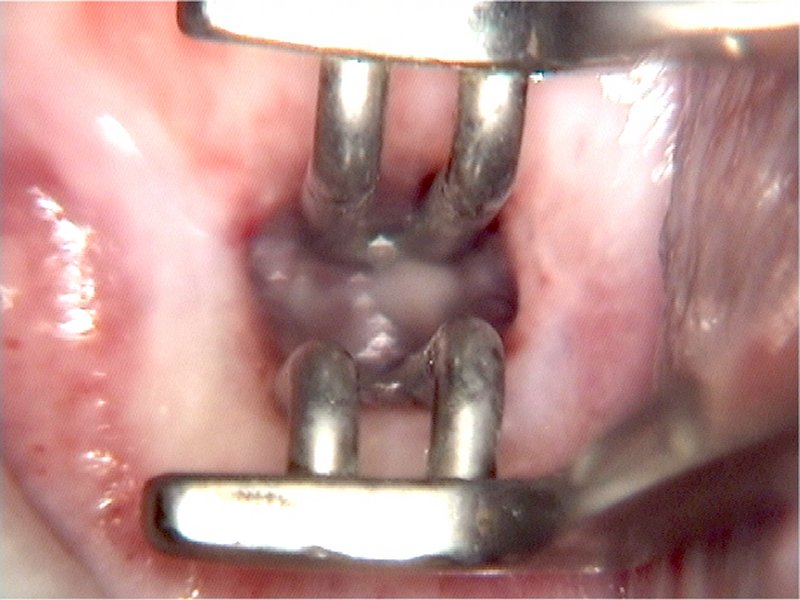
Colposcopy Digital Atlas

Pelvic Exam II: Speculum Exam | Protocol
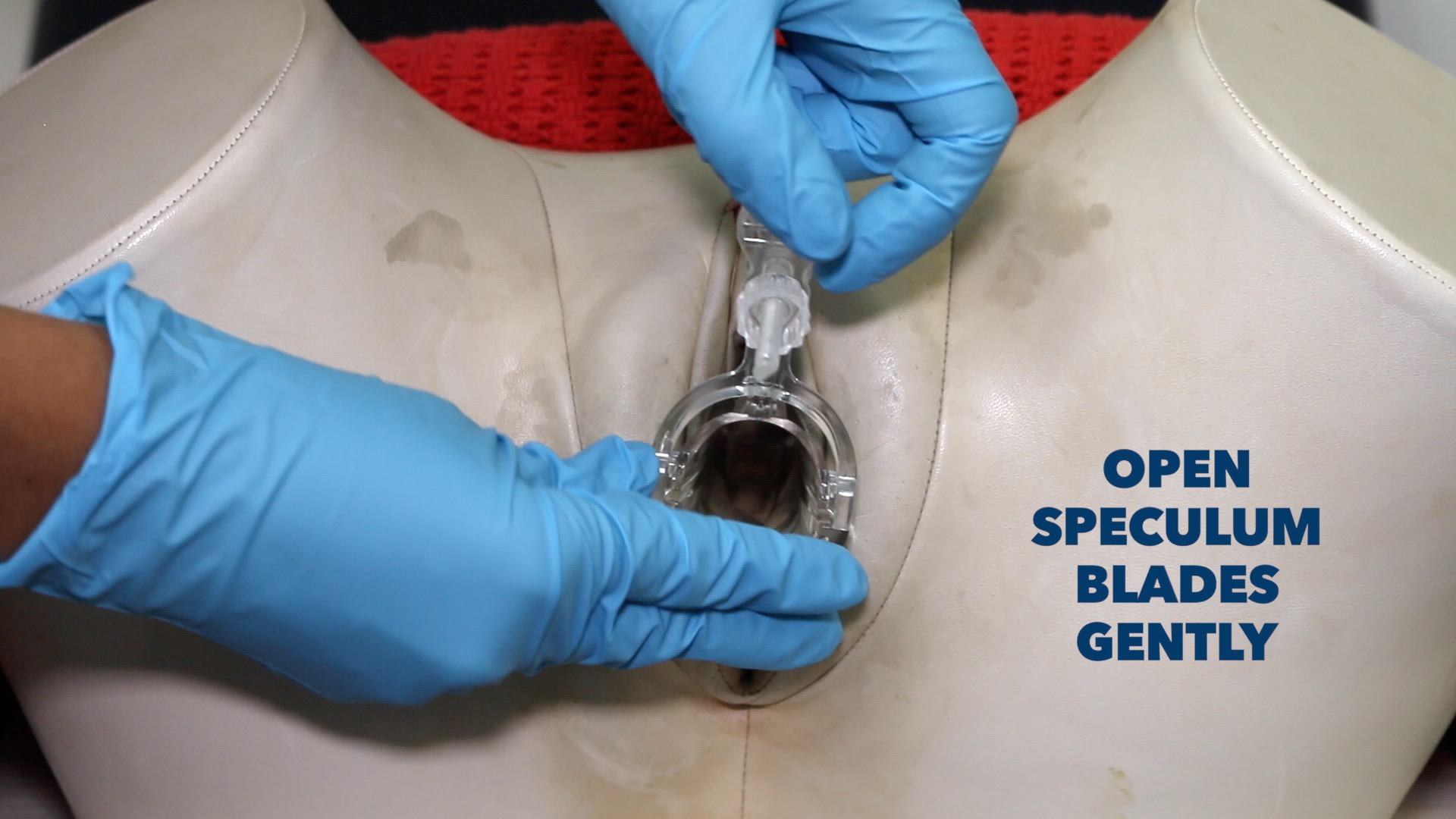
Speculum Examination - OSCE Guide | Geeky Medics
![PDF] Sims Speculum Examination | Semantic Scholar PDF] Sims Speculum Examination | Semantic Scholar](https://d3i71xaburhd42.cloudfront.net/2a8a7ca88507a83fc12c9dc117ed33f18990a0c7/4-Figure4-1.png)
PDF] Sims Speculum Examination | Semantic Scholar

Speculum: Uses, Types, Exams, and Complications

What Is a Pelvic Exam Procedure? Pap Smear, Speculum, Results

Speculum Examination
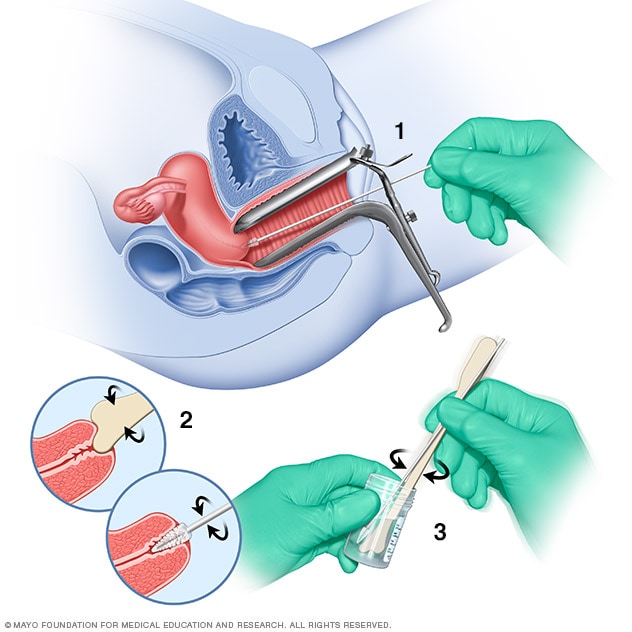
Pelvic exam - Mayo Clinic

Vaginal speculum examination at 3-cm cervical dilatation. Visual field... | Download Scientific Diagram
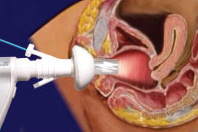
Speculum (medical) - Wikipedia
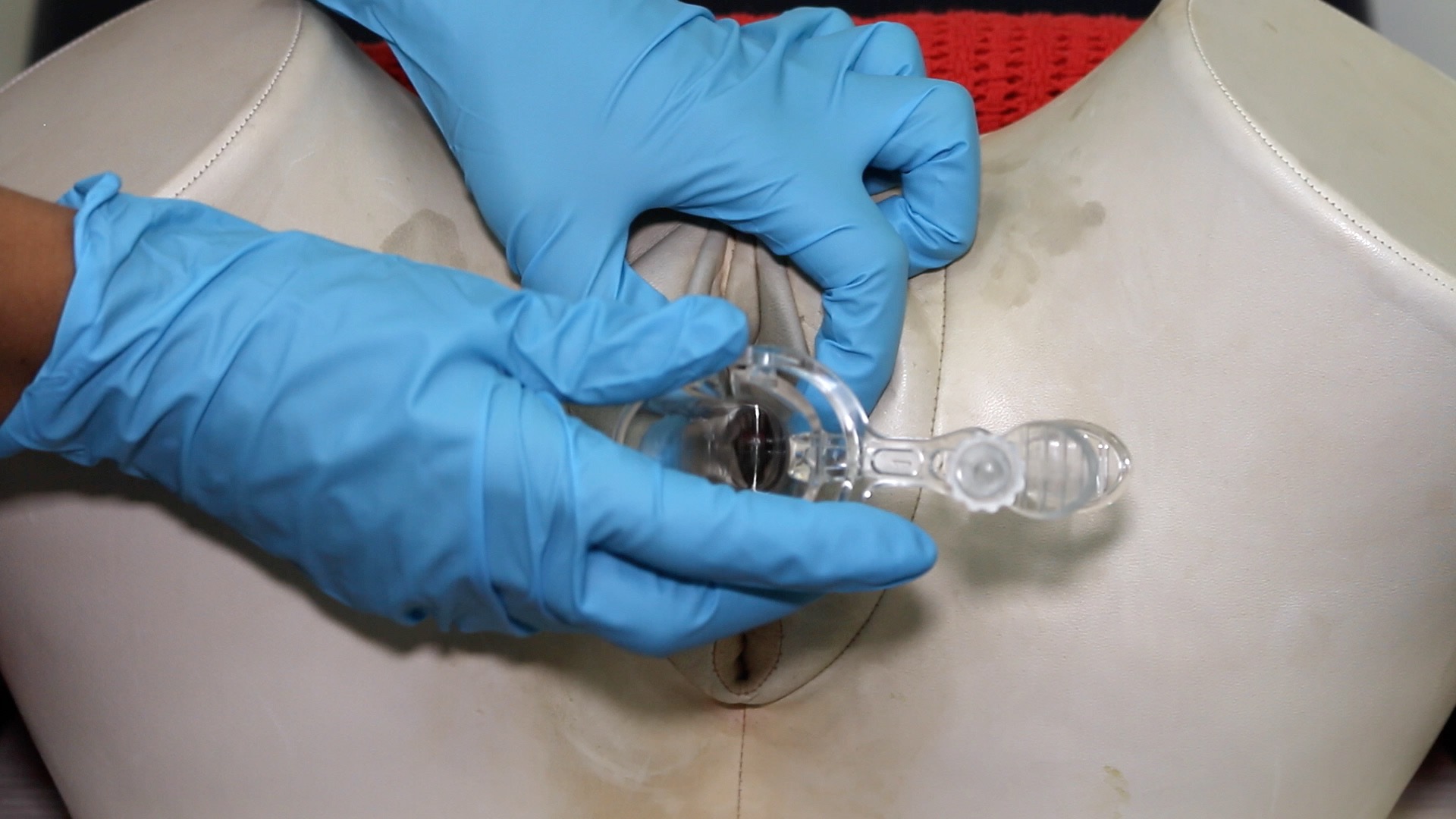
Speculum Examination - OSCE Guide | Geeky Medics
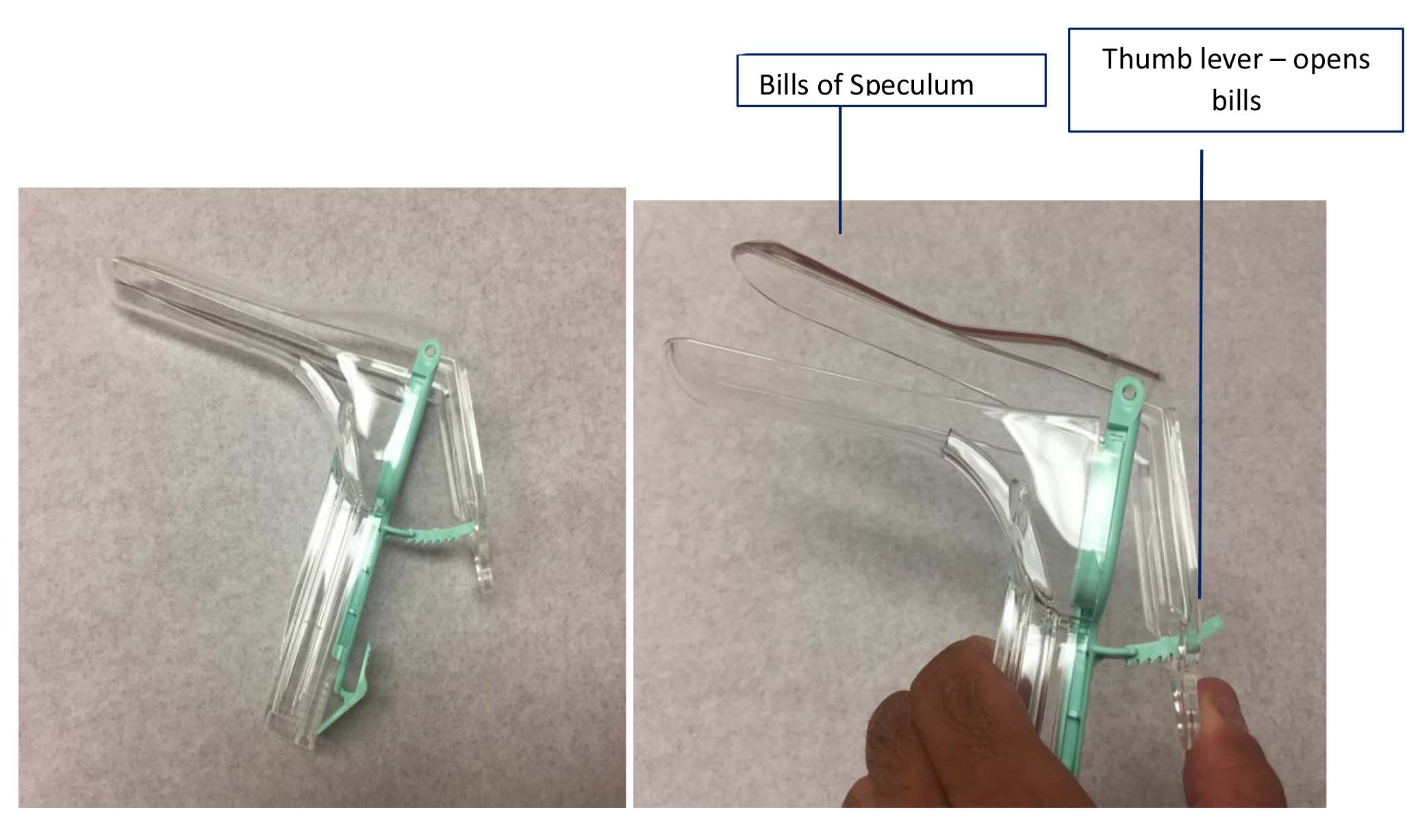
UC San Diego's Practical Guide to Clinical Medicine

EyeWorld | Post-surgical ptosis

Clinical Sessions Gynecology. - ppt download

A Guide to Gynecological Exams: What Should — and Shouldn't — Happen - The New York Times

Speculum exam and cervical smear - YouTube

Why Does the Speculum Hurt During Examinations? – Vuvatech
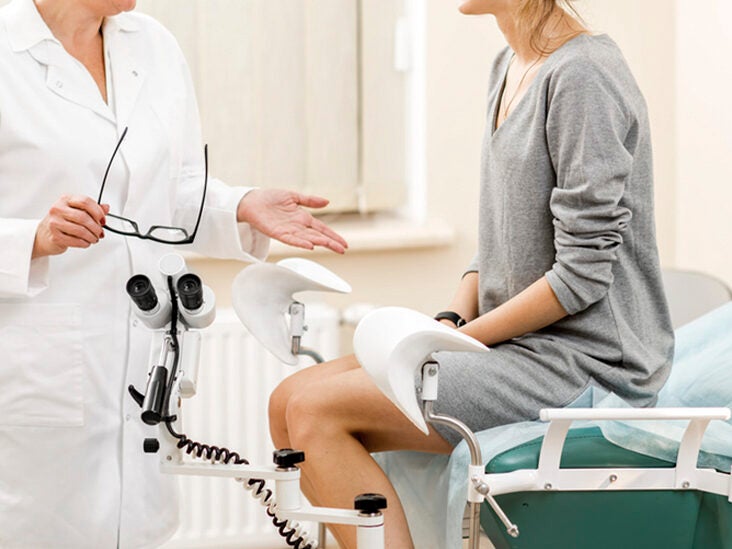
Spotting, Cramping, or Bleeding After a Pap Smear: What It Means

Use a Nasal Speculum - Physical Diagnosis - Mitch Medical Healthcare
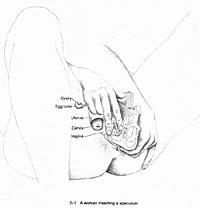
Cervical Self Help - Womens Health Specialists - Womens Health Specialists

Vaginal Speculum: Single-Use vs. Reusable
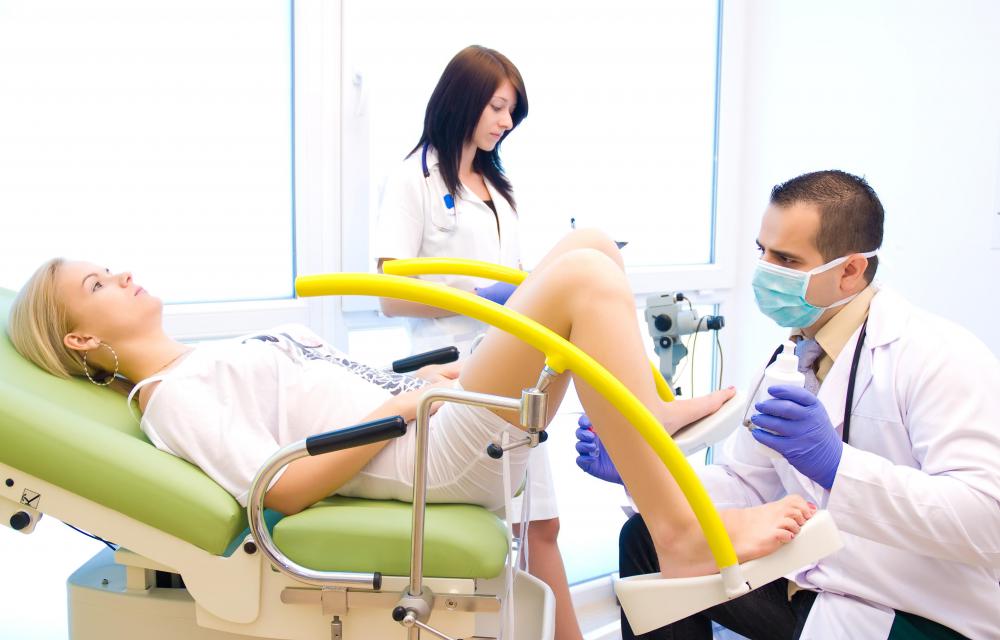
What Are the Different Speculum Sizes? (with pictures)
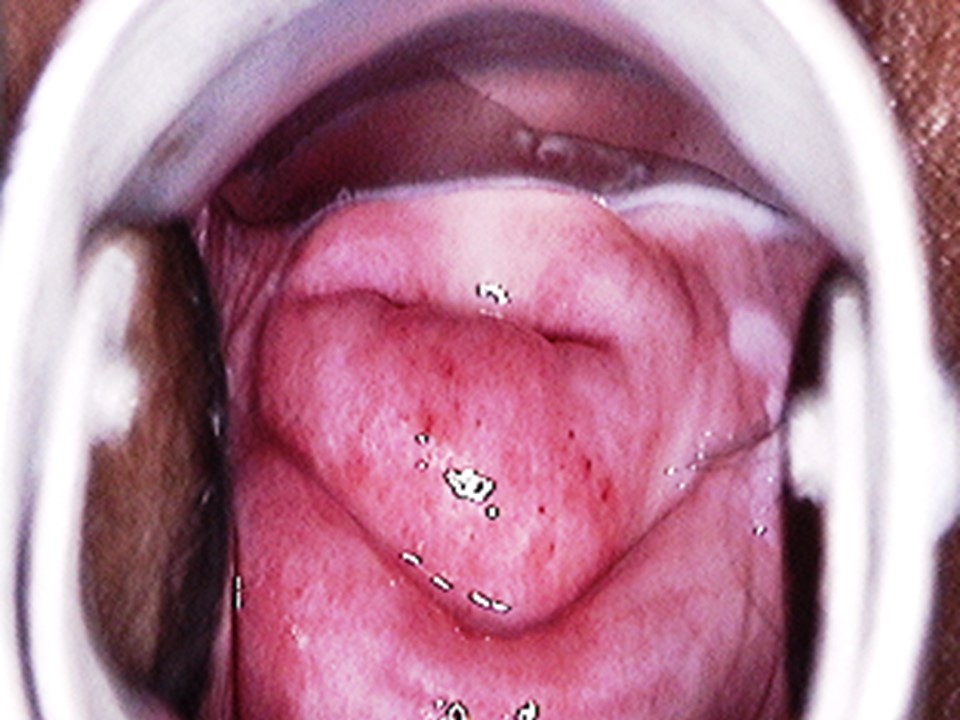
Atlas of visual inspection of the cervix with acetic acid for screening, triage, and assessment for treatment

Speculum Exam Demonstration - YouTube

speculum exam showing leech attached to cervical of a 70 year old woman... | Download Scientific Diagram
/disposable-gynecological-speculum-1263787442-f9e989e0d0ab44e5bfb93a0c30e0d4d9.jpg)
How to Perform a Vaginal Self-Exam
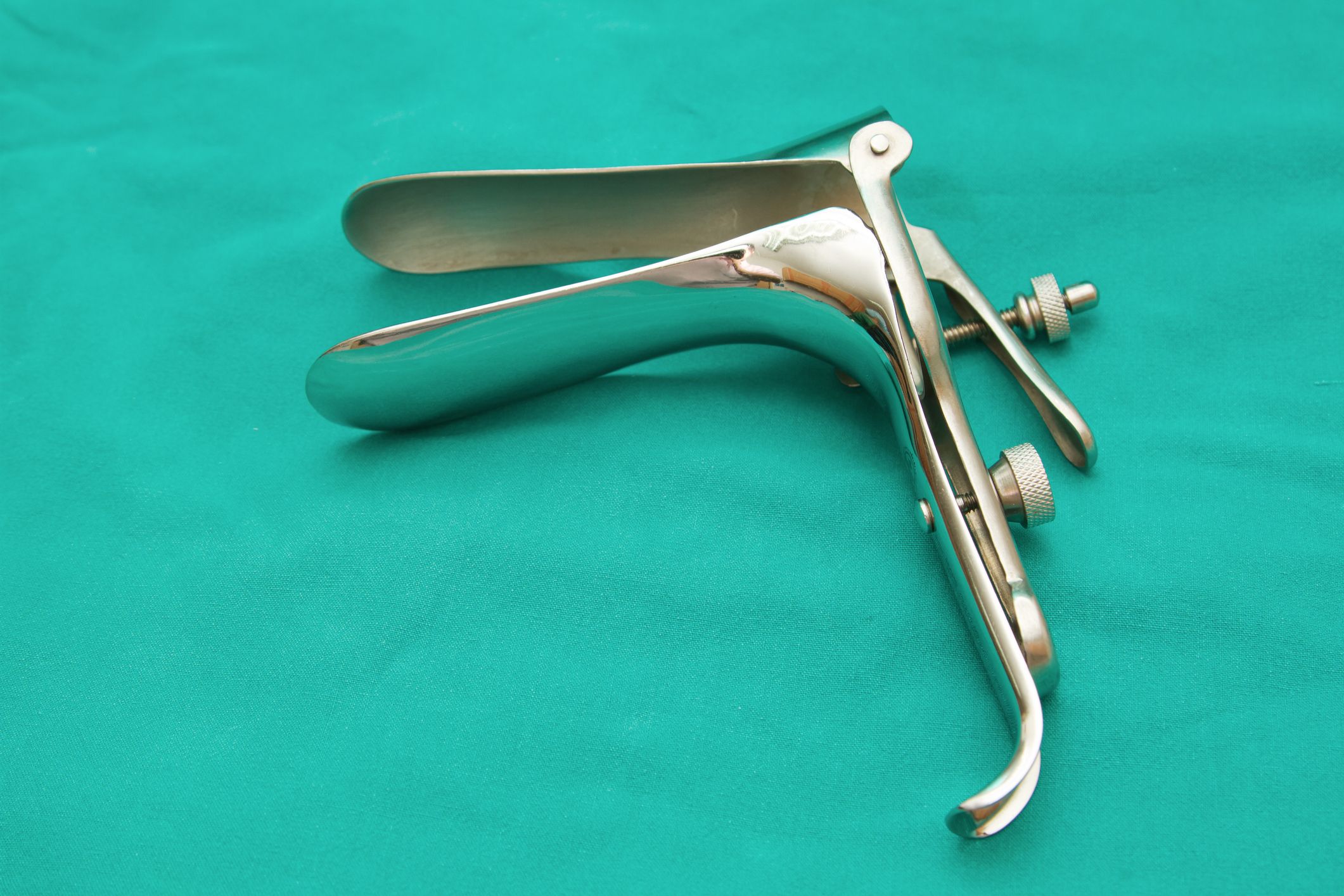
Speculum advice and how to use vaginal speculums

Speculum (medical) - Wikiwand

Single-Use Vaginal Specula With Light Source

Speculum (medical) - Wikipedia
Posting Komentar untuk "how to use a speculum"